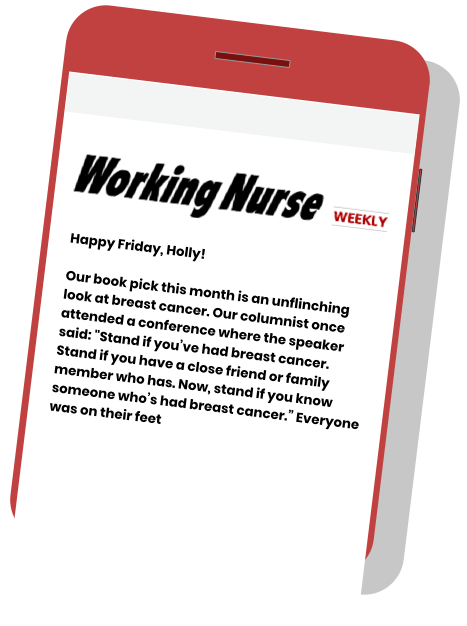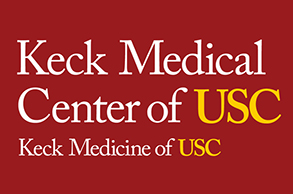My Specialty
Admission Liaison, Tanjanique Davis-Moody, L.A. Care
Managing hospital admissions after ED, urgent care, or doctor’s office visits

Tanjanique Davis-Moody, RN, CMCN, CCM
Admission Liaison, ER Team
L.A. Care Health Plan
Please share with us the trajectory of your nursing career.
I’ve been a nurse for 26 years. I spent the bulk of my years working hands-on in the emergency room at a Level II trauma center. I then worked for about 10 years in case management and utilization review, with the majority of that time focused on emergency care.
When and how did you come to work in your current position?
After I moved to Florida a few years ago, a previous director of mine asked me to return to assist in piloting the ER case manager position at a facility in Los Angeles. The timing was perfect: My grandfather, who raised me, was battling illnesses at the time, and we agreed as a family that it would be a good idea for me to return so I could check in on him and work at the same time.
Another manager I had previously worked with then reached out to me regarding the position at L.A. Care. She knew of my previous experience and thought I would be a great fit. She let me know that the position would be completely remote, so I could work from anywhere.
Please tell us a little about L.A. Care.
L.A. Care is a health plan that covers many low-income individuals in Southern California, including elderly Medicare beneficiaries who’ve selected us as their Medicare plan, Medi-Cal recipients, and some consumers who are insured through the Covered California healthcare exchange. We contract with over 70 hospitals, with the bulk of them in L.A. County.













